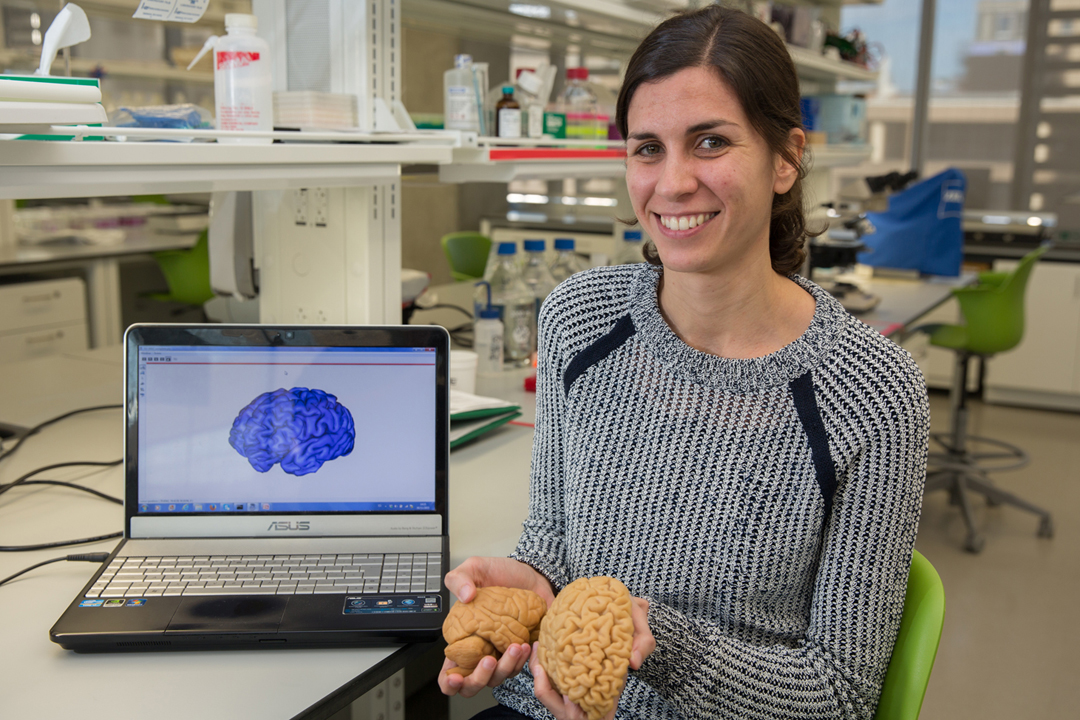A team of researchers has developed a computer-assisted recognition system that can identify individual lemurs in the wild by their facial characteristics. The facial recognition method has the potential to redefine how researchers track endangered species in the wild, a George Washington University researcher said.
The recognition system, LemurFaceID, identifies individuals based on photographs. This will help researchers build a database of red-bellied lemurs in Madagascar and study individuals over time.
Rachel Jacobs, a biological anthropologist at GW’s Center for the Advanced Study of Human Paleobiology, said this method can help scientists conduct evolutionary studies and aid conservation efforts. A paper on Dr. Jacobs’ research, “LemurFaceID: a face recognition system to facilitate individual identification of lemurs,” was published Friday in BioMed Central.
Dr. Jacobs, co-lead author of the paper, called the results of this cross-disciplinary collaboration an exciting solution to a problem with existing research methods.
“The ability to consistently study individuals over long periods of time, as well as integrate data across different studies, are some of the challenges we face when studying wild animal populations,” she said.
Unsatisfied with common approaches in lemur research, Dr. Jacobs and senior author Stacey Tecot, University of Arizona researcher, aimed to do something different and sought expertise from computer scientists.
Evolutionary studies require long-term life history data on known individual animals to answer questions related to survival, reproduction and population growth. Previous efforts to track wild lemurs often required researchers to trap and physically tag them. LemurFaceID offers a non-invasive, fast, cost-effective and accurate way to conduct studies by uploading photos of the lemurs to the system, Dr. Jacobs said.
Lemurs were named the world’s most endangered group of mammals in 2012. Dr. Jacobs said she hopes LemurFaceID may help improve conservation efforts. The software can help create records of how many individual lemurs there are in a population and what kind of social system they live in. It could also help track trafficked lemurs taken from the wild.
LemurFaceID could serve as a model for tracking other species, and in some cases, could replace physically tagging animals, Dr. Jacobs said.
“We think this method could be applied to studies of species that have similar variation in hair and skin patterns, such as red pandas and some bears, among others,” Dr. Jacobs said.




